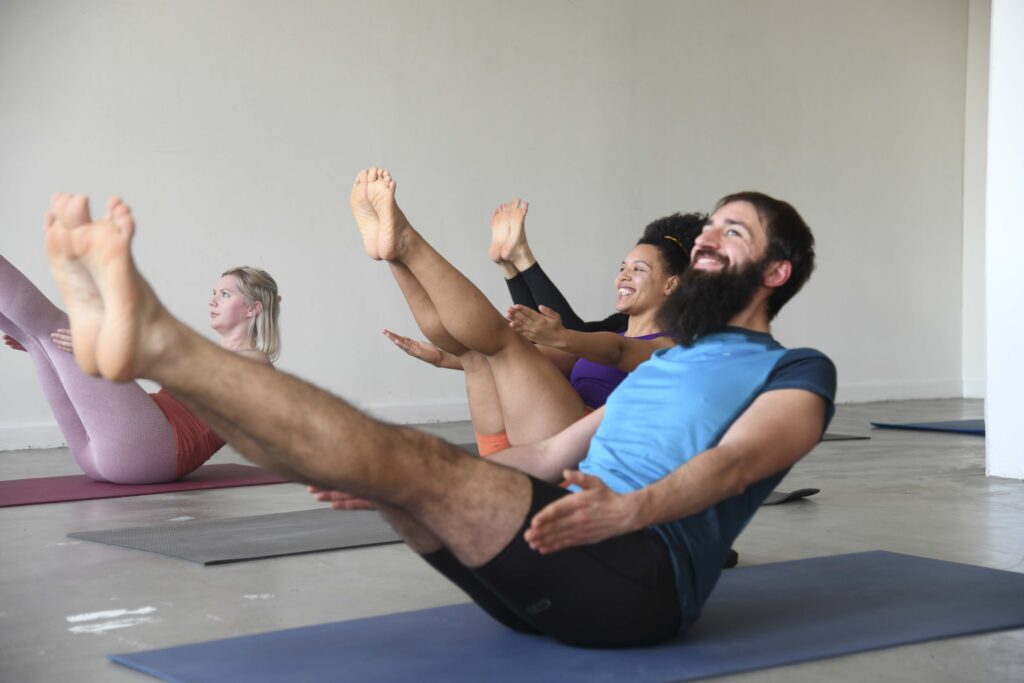Ashtanga yoga is a dynamic and structured style that combines breath with a series of flowing poses. It emphasises physical postures, synchronising movement and breath, to improve flexibility, strength, and focus. It follows a set sequence, progressing as you master each pose. Regular practice promotes both physical and mental well-being.


Ashtanga yoga can be great for beginners because it follows a set sequence of poses, which helps establish a routine and build familiarity. The structured nature of the practice makes it easier to track progress and see improvements over time. Additionally, the focus on breath and movement can help newcomers develop mindfulness and relaxation skills. The sessions at AYD allow you to start at your own pace and gradually work up to more advanced poses.
